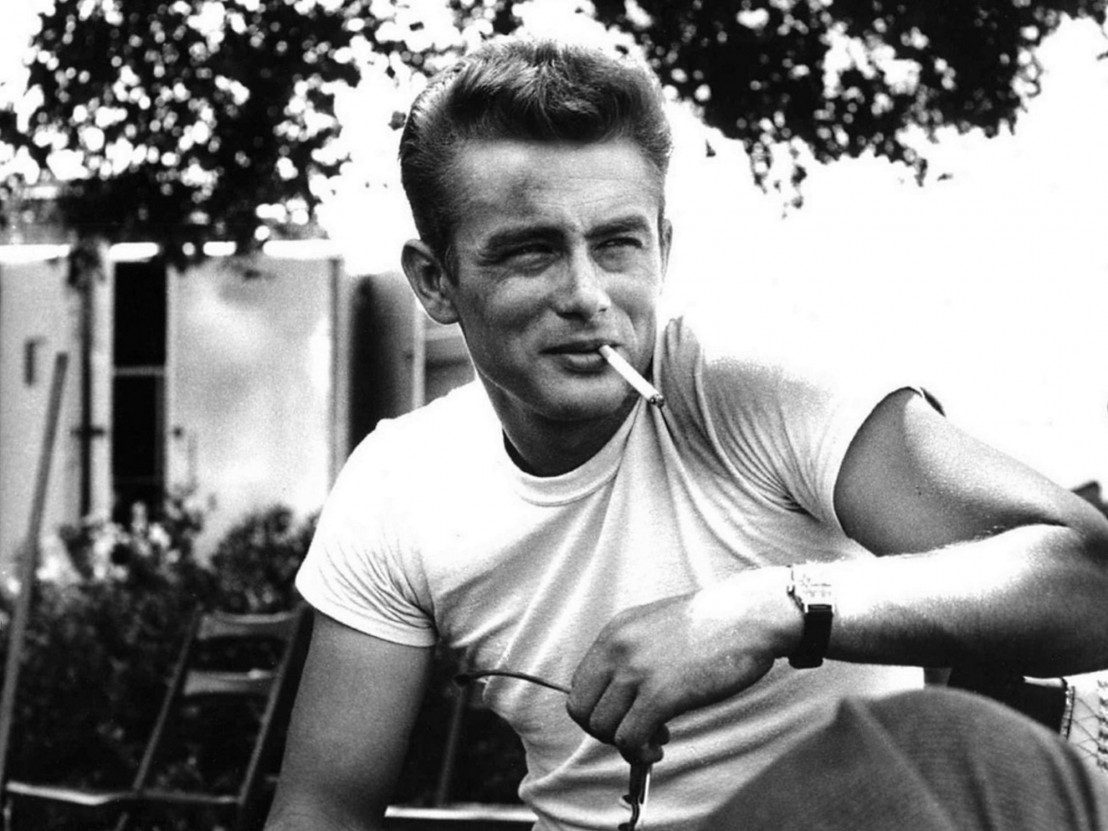The Enduring Enigma: Unveiling the Beauty Within and Without
Beauty, a concept as old as humanity itself, remains a captivating and often elusive ideal. It’s a subject that has fueled artistic expression, philosophical debate, and countless personal journeys of self-discovery. But what exactly is beauty? Is it merely skin deep, a fleeting visual pleasure, or something more profound and enduring? This article delves into the multifaceted nature of beauty, exploring its historical evolution, its cultural variations, and its profound impact on our lives.
A Historical Perspective: From Idealized Forms to Subjective Preferences
The perception of beauty has shifted dramatically throughout history. In ancient Greece, physical beauty was closely linked to mathematical proportions and harmony. Think of the perfectly sculpted bodies of classical statues, epitomizing the ideal of the Golden Ratio. Philosophers like Plato believed that beauty was a reflection of a higher, more perfect realm.
The Renaissance saw a renewed interest in classical ideals, with artists like Leonardo da Vinci meticulously studying human anatomy to capture the perfect representation of the human form. However, the standards of beauty were often dictated by societal expectations, with pale skin, long hair, and a slender physique being highly valued in women.
The Victorian era emphasized modesty and refinement, with beauty often associated with inner qualities such as virtue and grace. As societal norms evolved, so too did the concept of beauty. The 20th century witnessed a dramatic shift towards individualism and self-expression, leading to a more diverse and inclusive understanding of beauty. From the flapper girls of the Roaring Twenties to the iconic beauty of Marilyn Monroe, the definition of beauty became increasingly subjective and influenced by popular culture.
Cultural Variations: A Kaleidoscope of Aesthetics
Beauty is not a universal constant; it is deeply rooted in cultural context. What is considered beautiful in one culture may be perceived differently, or even negatively, in another.
In some cultures, elaborate body modifications, such as scarification or tattooing, are considered marks of beauty and status. In others, specific hairstyles or clothing styles are seen as essential components of attractiveness. For example, in many African cultures, fuller figures are often celebrated as symbols of fertility and prosperity. In contrast, Western societies have historically emphasized a slimmer physique, particularly for women.
Even within a single culture, beauty standards can vary based on factors such as age, social class, and geographical location. Understanding these cultural nuances is crucial for appreciating the diversity of beauty and avoiding ethnocentric judgments.
Beyond the Surface: Inner Beauty and Authenticity

While physical appearance often dominates the conversation about beauty, it’s essential to recognize the significance of inner beauty. Qualities such as kindness, empathy, intelligence, and integrity can profoundly enhance a person’s attractiveness. A genuine smile, a compassionate heart, and a strong moral compass can radiate a beauty that transcends physical imperfections.
Furthermore, authenticity plays a vital role in perceived beauty. When individuals embrace their true selves, flaws and all, they exude a confidence and genuineness that is inherently appealing. Trying to conform to unrealistic beauty standards can often lead to self-doubt and insecurity, ultimately diminishing one’s perceived attractiveness.
The Impact of Media and Technology: Shaping and Distorting Perceptions
The media, particularly advertising and social media, plays a significant role in shaping our perceptions of beauty. Images of flawlessly airbrushed models and celebrities are constantly bombarding us, creating unrealistic and often unattainable beauty standards.
Social media platforms can exacerbate these pressures, with individuals often curating their online personas to present an idealized version of themselves. This can lead to feelings of inadequacy and comparison, particularly among young people.

It’s crucial to be mindful of the impact of media on our self-esteem and to cultivate a critical eye when consuming these images. Recognizing that these representations are often highly manipulated and unrealistic can help us to resist the pressure to conform to narrow beauty ideals.
Cultivating Beauty: A Holistic Approach
True beauty is not simply about achieving a certain physical appearance; it’s about cultivating a holistic sense of well-being. This involves nurturing both our inner and outer selves.
Taking Care of Your Body: This includes eating a healthy diet, exercising regularly, and getting enough sleep. These habits not only contribute to physical health but also enhance mood and energy levels, contributing to an overall sense of well-being.
Nurturing Your Mind: Engaging in activities that stimulate your mind, such as reading, learning new skills, or pursuing creative hobbies, can boost confidence and expand your perspective.
Practicing Self-Care: Taking time for activities that bring you joy and relaxation is essential for maintaining mental and emotional well-being. This could include spending time in nature, listening to music, or practicing mindfulness.
Developing Meaningful Relationships: Surrounding yourself with supportive and positive people can enhance your sense of belonging and self-worth.
Embracing Your Uniqueness: Recognizing and celebrating your individual strengths and qualities is key to developing self-confidence and embracing your own unique beauty.
The Enduring Power of Beauty:
Beauty, in its many forms, has the power to inspire, uplift, and connect us. It can be found in the natural world, in artistic creations, and in the human spirit. By embracing a broader and more inclusive understanding of beauty, we can appreciate the diversity of human expression and cultivate a deeper appreciation for ourselves and others. Ultimately, the most enduring beauty is that which comes from within – a reflection of kindness, authenticity, and a genuine love for life.
Frequently Asked Questions (FAQ):
Q: Is beauty subjective or objective?
A: Beauty is a complex combination of both subjective and objective elements. While personal preferences and cultural norms play a significant role in determining what is considered beautiful, there are also certain universal principles, such as symmetry and proportion, that are often associated with attractiveness.
Q: Does inner beauty matter more than outer beauty?
A: While outer beauty can be fleeting, inner beauty is enduring and can significantly enhance a person’s overall attractiveness. Qualities such as kindness, empathy, and intelligence can radiate a beauty that transcends physical appearance. Ultimately, a balance of both inner and outer beauty is ideal.
Q: How can I improve my self-esteem when bombarded with unrealistic beauty standards?
A: It’s important to be mindful of the impact of media on your self-esteem and to cultivate a critical eye when consuming images. Recognize that these representations are often highly manipulated and unrealistic. Focus on your strengths and qualities, and practice self-care to nurture your mental and emotional well-being.
Q: Is it wrong to want to enhance my physical appearance?
A: There’s nothing inherently wrong with wanting to enhance your physical appearance. However, it’s important to approach this with a healthy and balanced perspective. Focus on making choices that make you feel good about yourself and that are aligned with your values. Avoid striving for unattainable perfection or conforming to narrow beauty ideals.
Q: How can I teach children about healthy body image and beauty standards?
A: Start by teaching children to appreciate their bodies for what they can do, rather than focusing solely on appearance. Encourage them to embrace their individuality and to celebrate the diversity of beauty. Help them to develop critical thinking skills so they can evaluate media messages and resist the pressure to conform to unrealistic beauty standards.
Q: What role does diversity play in our understanding of beauty?
A: Diversity is essential for a healthy and inclusive understanding of beauty. By embracing the diversity of human expression, we can challenge narrow beauty ideals and appreciate the unique qualities of individuals from different cultures, backgrounds, and experiences.
Q: How can I find beauty in everyday life?
A: Beauty can be found in the simplest of things, from a stunning sunset to a kind gesture from a stranger. Cultivate a sense of mindfulness and pay attention to the small details that often go unnoticed. Practice gratitude for the beauty that surrounds you and actively seek out experiences that bring you joy and inspiration.
Conclusion:
The concept of beauty is a complex and ever-evolving tapestry woven from historical influences, cultural nuances, personal preferences, and the powerful impact of media. It’s a journey of self-discovery, an exploration of individual expression, and a celebration of the human spirit. By moving beyond superficial definitions and embracing a more holistic understanding of beauty, we can cultivate a deeper appreciation for ourselves and the world around us. True beauty lies not just in what we see, but in who we are – a reflection of kindness, authenticity, and a genuine love for life. Let us strive to embrace our unique beauty, celebrate the diversity of human expression, and cultivate a world where everyone feels valued and appreciated for who they truly are.

